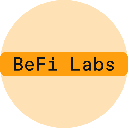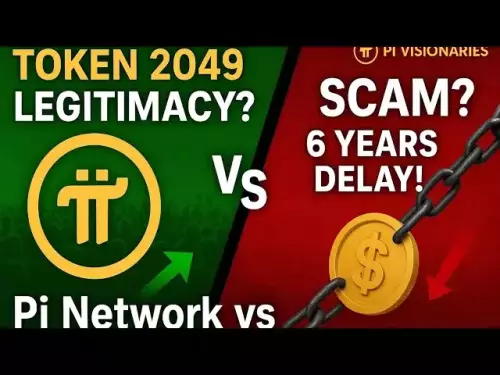-
 bitcoin
bitcoin $114779.865156 USD
2.30% -
 ethereum
ethereum $4226.519789 USD
2.39% -
 tether
tether $1.000545 USD
0.04% -
 xrp
xrp $2.890223 USD
0.92% -
 bnb
bnb $1030.029301 USD
2.95% -
 solana
solana $212.824944 USD
1.69% -
 usd-coin
usd-coin $0.999757 USD
0.01% -
 dogecoin
dogecoin $0.234961 USD
-0.27% -
 tron
tron $0.337174 USD
0.42% -
 cardano
cardano $0.804783 USD
0.09% -
 hyperliquid
hyperliquid $45.748770 USD
-2.85% -
 chainlink
chainlink $21.699170 USD
0.82% -
 ethena-usde
ethena-usde $1.001452 USD
0.08% -
 avalanche
avalanche $30.237800 USD
1.14% -
 stellar
stellar $0.372604 USD
1.52%
What are suitable application scenarios for blockchain?
Blockchain enables secure, transparent DeFi platforms where smart contracts automate lending, trading, and yield generation without intermediaries. (154 characters)
Sep 20, 2025 at 03:19 am
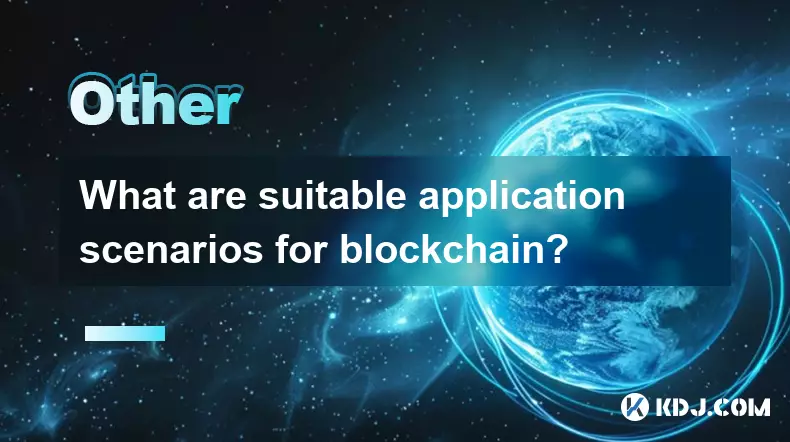
Decentralized Finance (DeFi) Platforms
1. Blockchain enables the creation of financial services without centralized intermediaries, allowing users to lend, borrow, and trade assets directly through smart contracts.
2. Transactions on DeFi platforms are transparent and immutable, reducing fraud risks and increasing trust among participants across borders.
3. Liquidity pools powered by blockchain allow individuals to contribute assets and earn yields based on usage, creating new passive income models.
4. Tokenization of real-world assets such as stocks or commodities becomes feasible through blockchain, enabling fractional ownership and 24/7 market access.
5. Smart contract automation ensures that loan repayments, interest distribution, and collateral management occur without manual intervention, minimizing operational delays.
Cryptocurrency Exchanges and Trading Systems
1. Blockchain forms the backbone of both centralized and decentralized exchanges, providing secure transaction logging and wallet integration.
2. Order matching and settlement processes benefit from blockchain’s near real-time verification, reducing counterparty risk.
3. Exchange tokens built on blockchains offer utility functions like fee discounts, staking rewards, and governance rights.
4. On decentralized exchanges (DEXs), blockchain allows peer-to-peer trading with non-custodial wallets, ensuring users retain full control over their funds.
5. Anti-sybil mechanisms and on-chain identity verification help maintain integrity within high-volume trading environments.
Tokenization of Digital and Physical Assets
1. Real estate, art, and luxury goods can be represented as non-fungible tokens (NFTs), enabling verifiable ownership and transferability on blockchain networks.
2. Fractional ownership models emerge when high-value assets are divided into tradable digital shares secured by blockchain consensus.
3. Intellectual property such as music, videos, and patents can be registered on-chain, establishing clear provenance and royalty distribution paths.
4. Supply chain assets including shipping containers or raw materials are tracked via blockchain tags, reducing disputes and enhancing auditability.
5. Tokenized carbon credits and renewable energy certificates use blockchain to prevent double-spending and ensure environmental accountability.
Gaming and Virtual Economies
1. In-game items such as weapons, skins, and characters are issued as NFTs, granting players true ownership outside game ecosystems.
2. Blockchain-based games support cross-platform interoperability, where digital assets move seamlessly between compatible virtual worlds.
3. Play-to-earn models distribute cryptocurrency rewards for player achievements, recorded immutably on public ledgers.
4. Game developers leverage blockchain for transparent loot box mechanics and provably fair random number generation.
5. Player-driven marketplaces operate autonomously using decentralized exchanges embedded within gaming platforms, eliminating platform-controlled pricing manipulation.
Frequently Asked Questions
What makes blockchain suitable for securing digital identities in finance?Blockchain stores identity data in encrypted, distributed formats, preventing single-point breaches. Users control access through private keys, and verification occurs via cryptographic proofs rather than centralized databases.
How does blockchain improve transparency in asset trading?Every transaction is time-stamped and permanently recorded on a public ledger. Market participants can independently verify trade history, volume, and ownership changes without relying on third-party reports.
Can blockchain reduce settlement times in crypto trading?Yes. Traditional clearing can take days due to intermediary layers. Blockchain enables atomic swaps and instant finality, especially in decentralized systems where confirmation happens within minutes or seconds.
Why is tokenization important for illiquid assets?Tokenization breaks down large, hard-to-sell assets into smaller units. These digital tokens can be traded globally on blockchain markets, unlocking liquidity previously inaccessible in traditional frameworks.
Disclaimer:info@kdj.com
The information provided is not trading advice. kdj.com does not assume any responsibility for any investments made based on the information provided in this article. Cryptocurrencies are highly volatile and it is highly recommended that you invest with caution after thorough research!
If you believe that the content used on this website infringes your copyright, please contact us immediately (info@kdj.com) and we will delete it promptly.
- BlockDAG, DOGE, HYPE Sponsorship: Crypto Trends Shaping 2025
- 2025-10-01 00:25:13
- Deutsche Börse and Circle: A StableCoin Adoption Powerhouse in Europe
- 2025-10-01 00:25:13
- BlockDAG's Presale Buzz: Is It the Crypto to Watch in October 2025?
- 2025-10-01 00:30:13
- Bitcoin, Crypto, and IQ: When Genius Meets Digital Gold?
- 2025-10-01 00:30:13
- Stablecoins, American Innovation, and Wallet Tokens: The Next Frontier
- 2025-10-01 00:35:12
- NBU, Coins, and Crypto in Ukraine: A New Yorker's Take
- 2025-10-01 00:45:14
Related knowledge
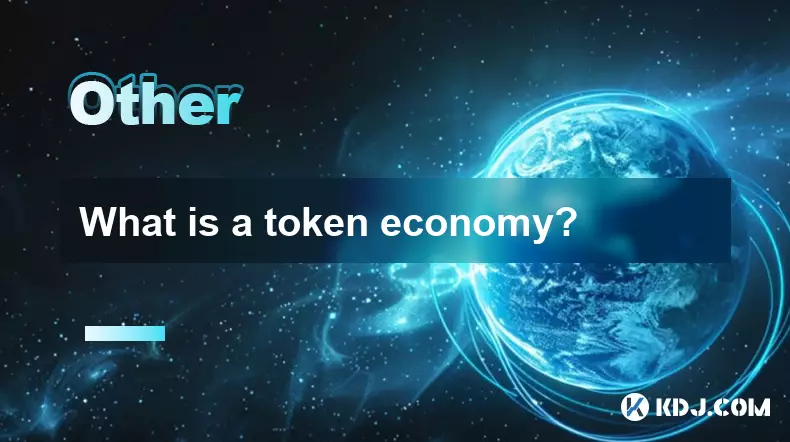
What is a token economy?
Sep 20,2025 at 12:18am
Understanding the Foundations of a Token Economy1. A token economy in the context of cryptocurrency refers to a system where digital tokens are used a...

What are suitable application scenarios for blockchain?
Sep 20,2025 at 03:19am
Decentralized Finance (DeFi) Platforms1. Blockchain enables the creation of financial services without centralized intermediaries, allowing users to l...
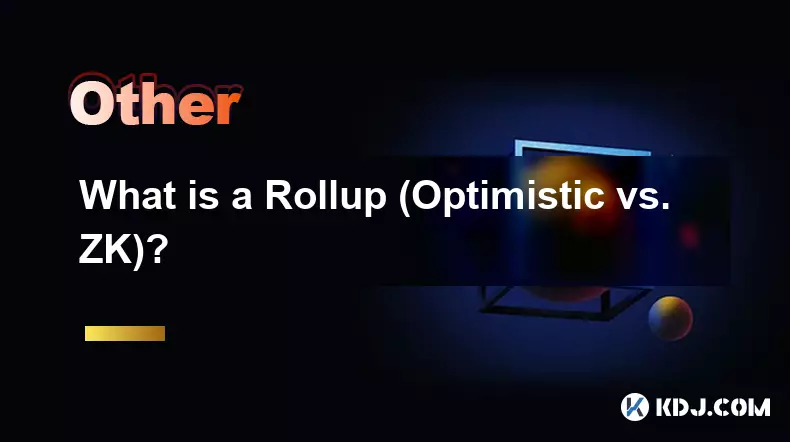
What is a Rollup (Optimistic vs. ZK)?
Sep 22,2025 at 03:00pm
Understanding Rollups in Blockchain Technology1. Rollups are layer-2 scaling solutions designed to increase transaction throughput on blockchains like...
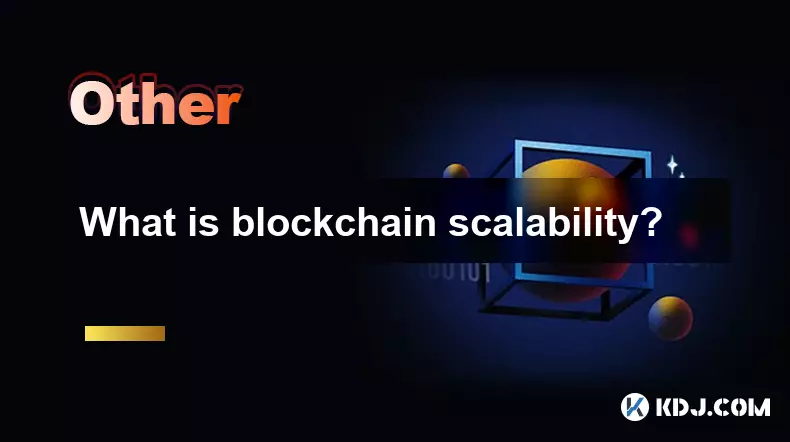
What is blockchain scalability?
Sep 19,2025 at 06:18am
Understanding Blockchain Scalability1. Blockchain scalability refers to a network's ability to handle an increasing number of transactions without com...
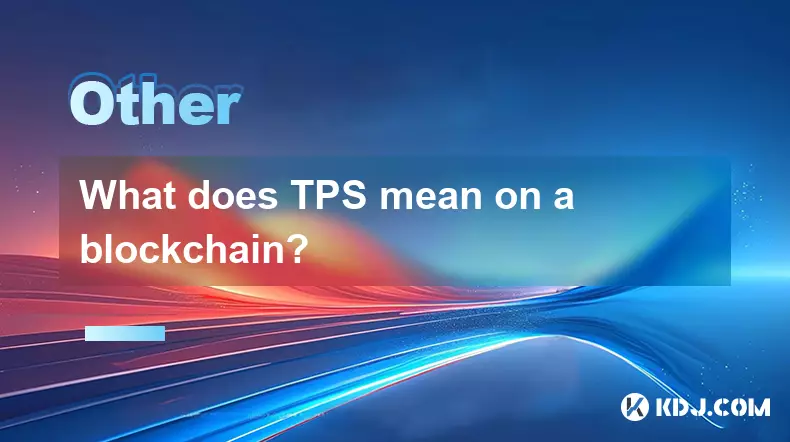
What does TPS mean on a blockchain?
Sep 21,2025 at 09:54am
Understanding TPS in Blockchain Technology1. TPS stands for Transactions Per Second, a metric used to measure the number of transactions a blockchain ...
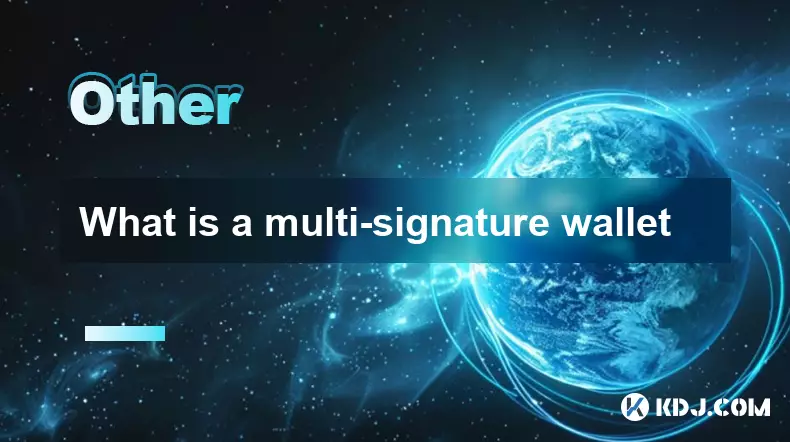
What is a multi-signature wallet
Sep 20,2025 at 07:00am
Understanding Multi-Signature Wallets in Cryptocurrency1. A multi-signature wallet, often referred to as a multisig wallet, is a type of cryptocurrenc...

What is a token economy?
Sep 20,2025 at 12:18am
Understanding the Foundations of a Token Economy1. A token economy in the context of cryptocurrency refers to a system where digital tokens are used a...

What are suitable application scenarios for blockchain?
Sep 20,2025 at 03:19am
Decentralized Finance (DeFi) Platforms1. Blockchain enables the creation of financial services without centralized intermediaries, allowing users to l...

What is a Rollup (Optimistic vs. ZK)?
Sep 22,2025 at 03:00pm
Understanding Rollups in Blockchain Technology1. Rollups are layer-2 scaling solutions designed to increase transaction throughput on blockchains like...

What is blockchain scalability?
Sep 19,2025 at 06:18am
Understanding Blockchain Scalability1. Blockchain scalability refers to a network's ability to handle an increasing number of transactions without com...

What does TPS mean on a blockchain?
Sep 21,2025 at 09:54am
Understanding TPS in Blockchain Technology1. TPS stands for Transactions Per Second, a metric used to measure the number of transactions a blockchain ...

What is a multi-signature wallet
Sep 20,2025 at 07:00am
Understanding Multi-Signature Wallets in Cryptocurrency1. A multi-signature wallet, often referred to as a multisig wallet, is a type of cryptocurrenc...
See all articles

















